Leading Manufacturers
Let Precision Dip Coating show you what expert dip molding looks like. We match any color and offer great services to meet your specs for decorative and protective coatings and soft plastic parts. Send us your drawings or samples today for highly efficient, low cost plastisol and fluid bed powder coating; hot dip, cast and rotational molding. We may even have the tooling in stock already!
More Neoprene Dip Molding and Coating Companies
Neoprene dip molding is the process of dipping a mold into neoprene to create a molded component. Neoprene is a synthetic rubber that is a great option for chemical stability/ resistance and maintains a flexible foundation. It is also can be subject to high temperatures without losing its strong capabilities.
Neoprene can also be known as polychloroprene and PC- rubber. Dipping a mold in this is ideal for a number of reasons. Tooling costs and lead times is much less than other options and is essential for high volume orders. It is also similar to latex, but its safe for those with a latex allergy. Neoprene dipped parts can be of all shapes, sizes, and used on many different substrates. Common practices include, neoprene to metal bonded, polychloroprene to metal bonded, and neoprene over molded to various materials.
Some industrial products that can be molded from neoprene include: seals, O-rings, grommets, gaskets, bellows, hoses, and diaphragms. Using neoprene as an element in industrial settings can be beneficial since it has fire retardant properties. It is also resistant to cutting and tearing, which can be beneficial in many applications. Metals including stainless steel, brass, and aluminum are all capable of being dipped in neoprene since it adheres well to metals. Neoprene is commonly used in the gas and oil industry because it is resistant to many of the chemicals and heat used.

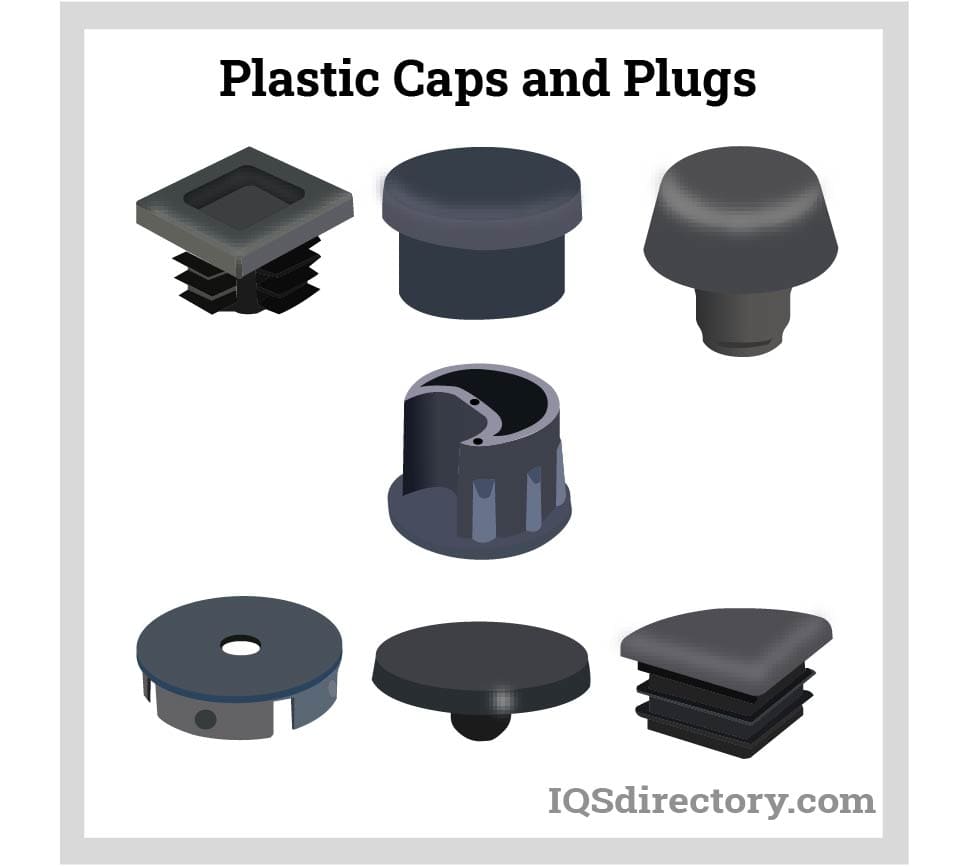
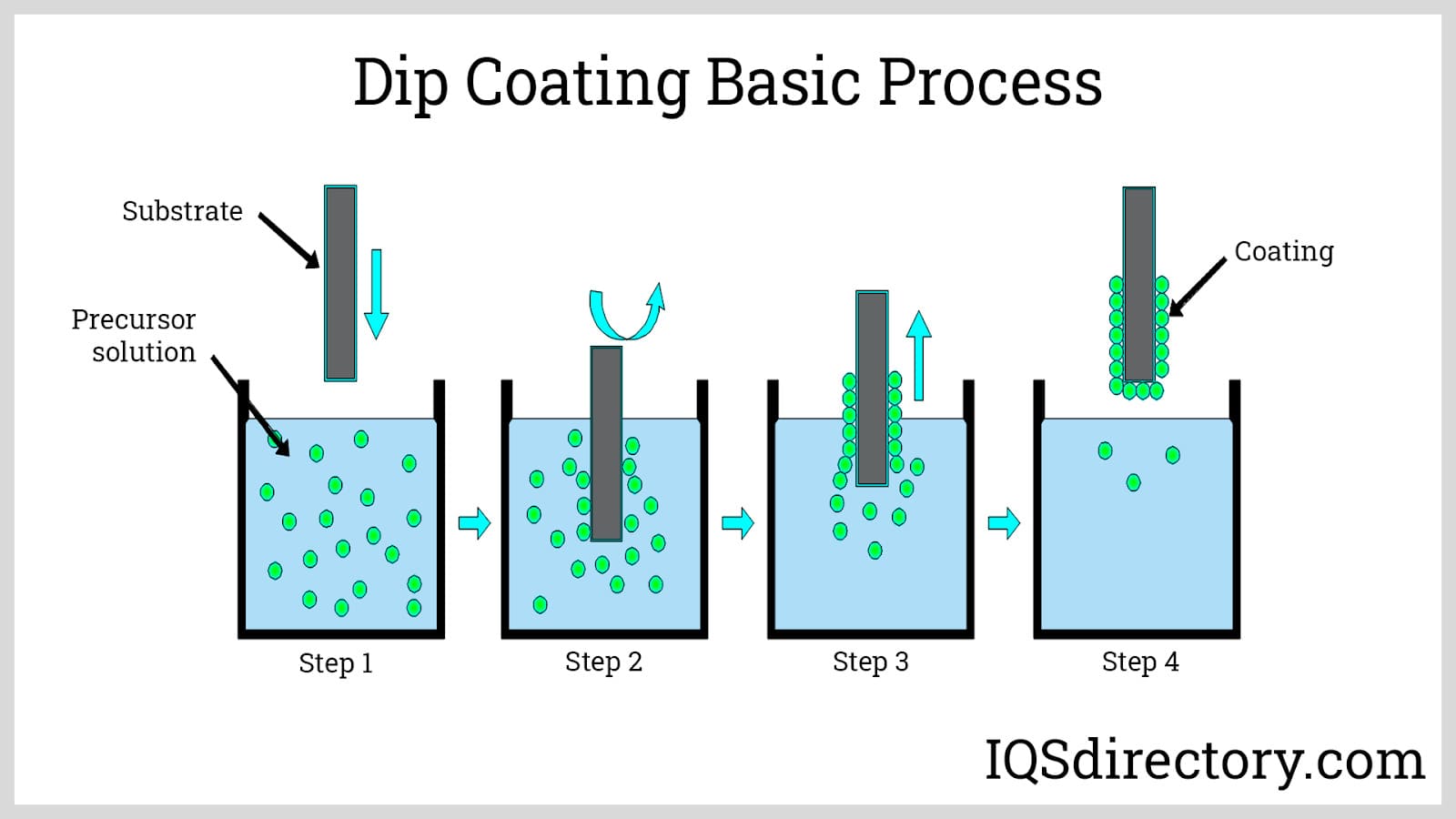
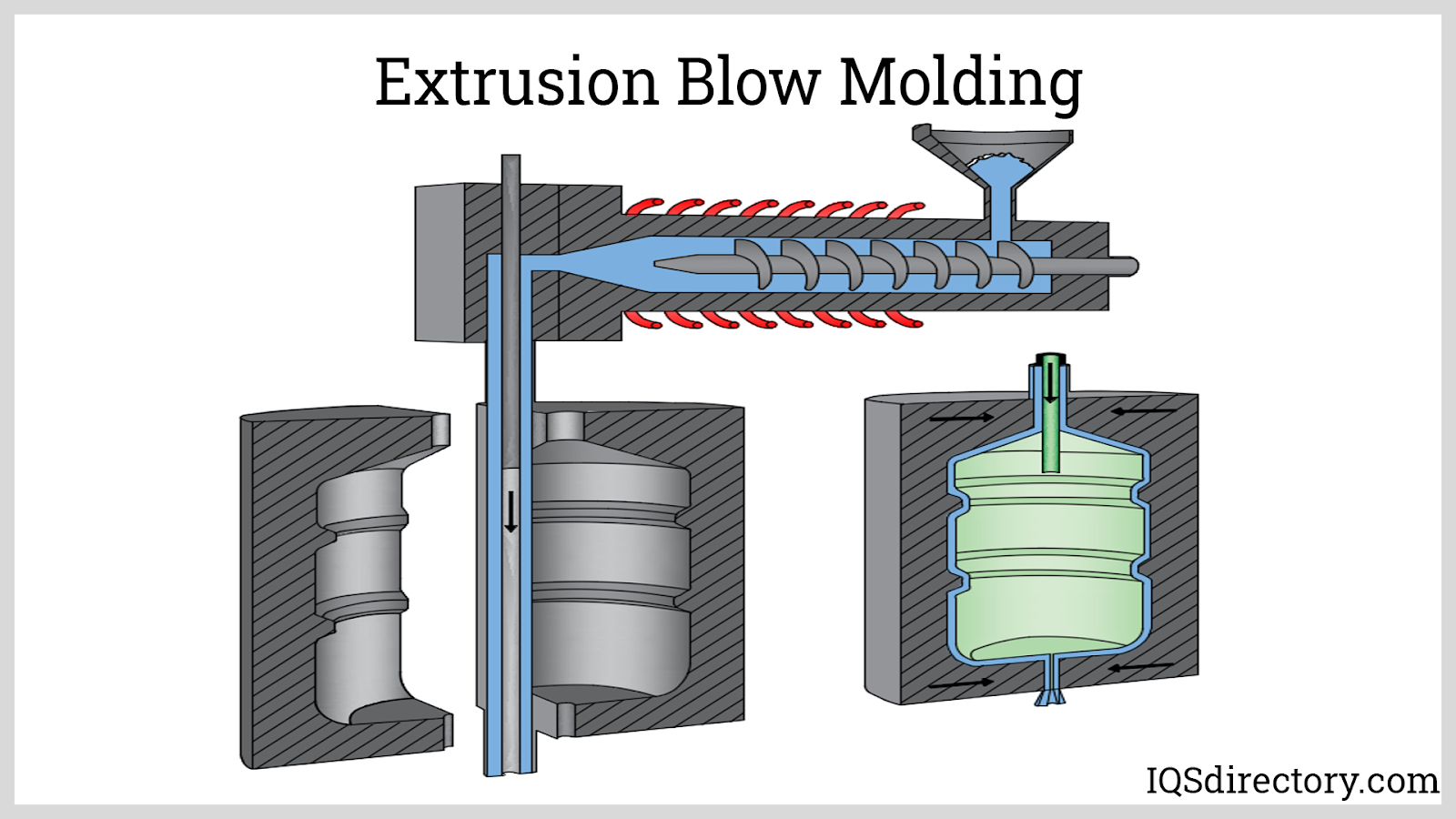
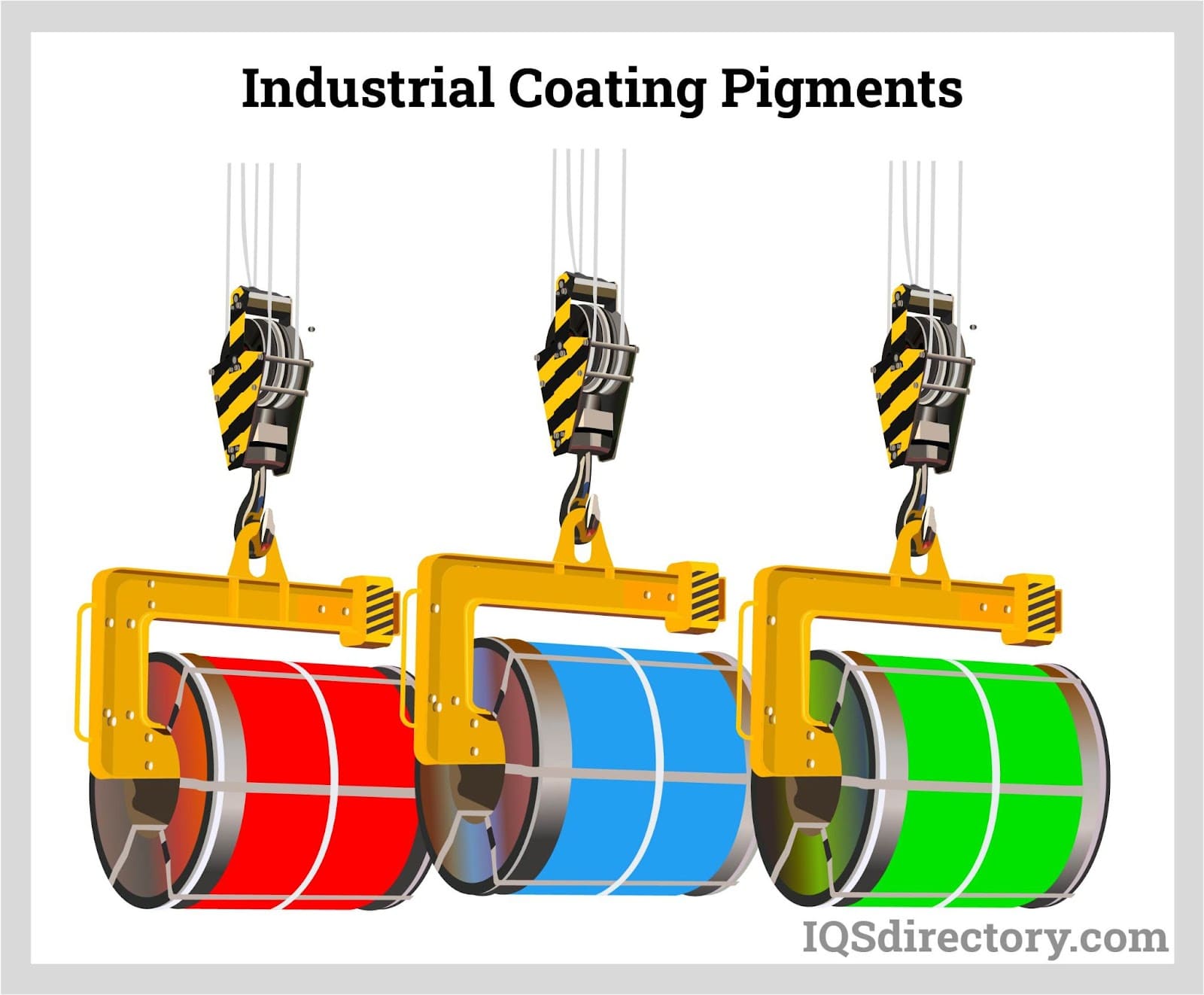
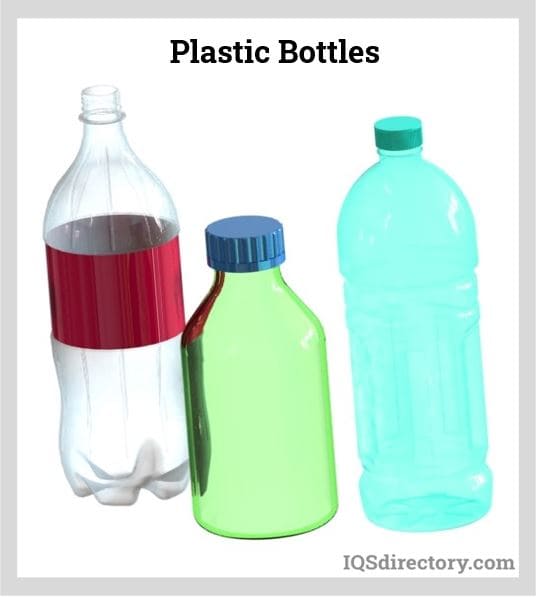
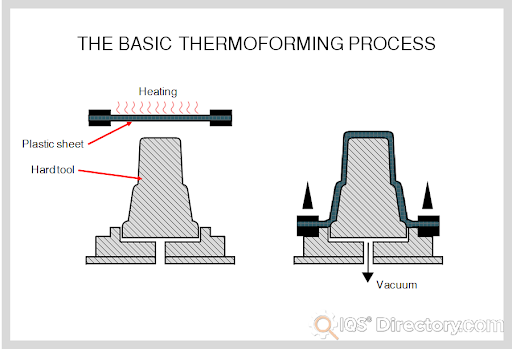
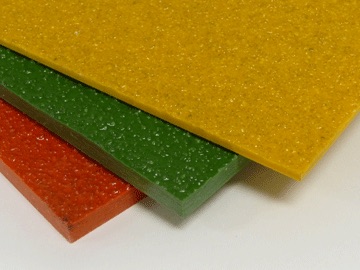 Fiberglass Fabricators
Fiberglass Fabricators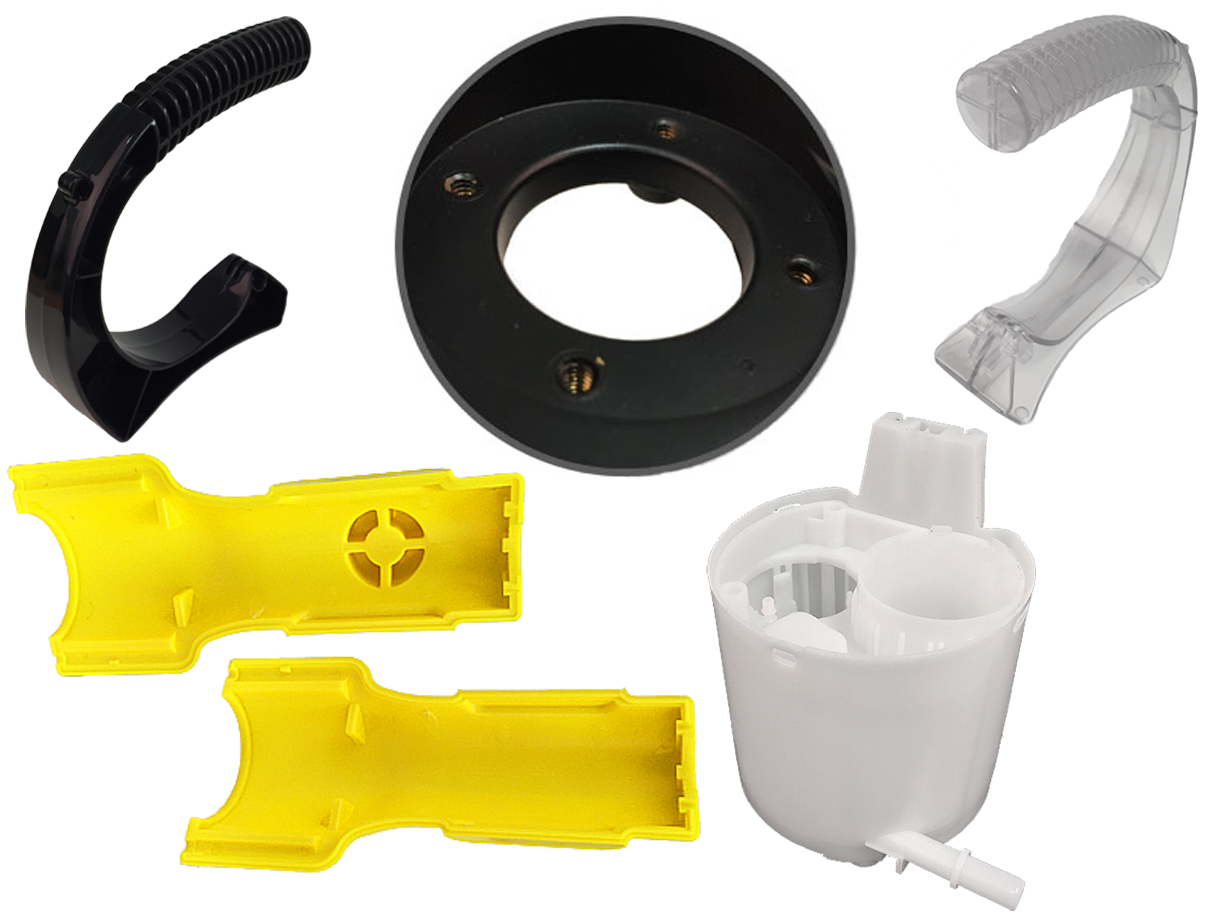 Injection Molded Plastics
Injection Molded Plastics Plastic Blow Molding
Plastic Blow Molding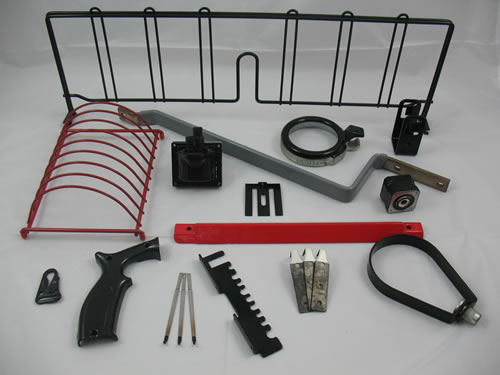 Plastic Dip Molding
Plastic Dip Molding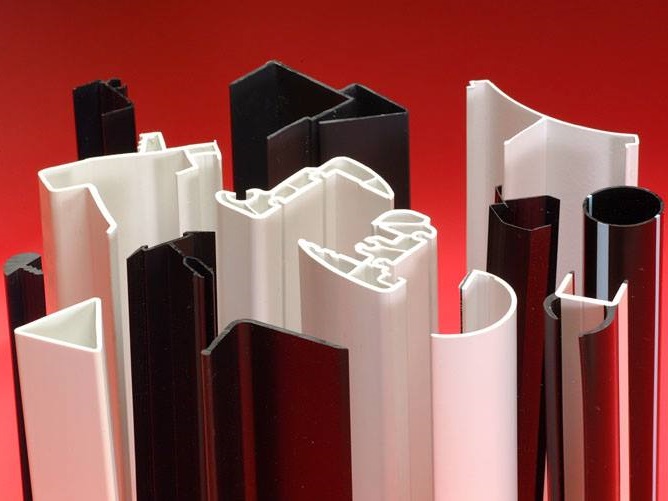 Plastic Extrusions
Plastic Extrusions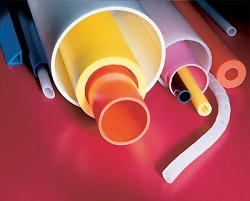 Plastic Tubing
Plastic Tubing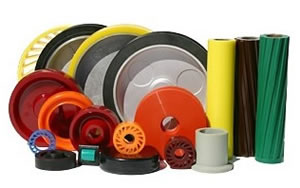 Polyurethane Molding
Polyurethane Molding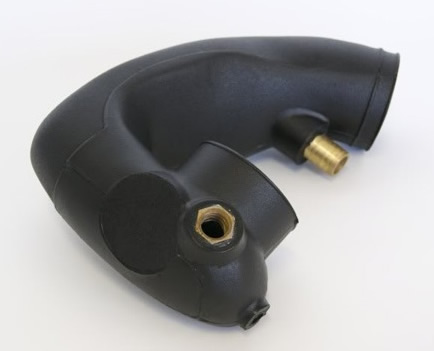 Rotational Molding
Rotational Molding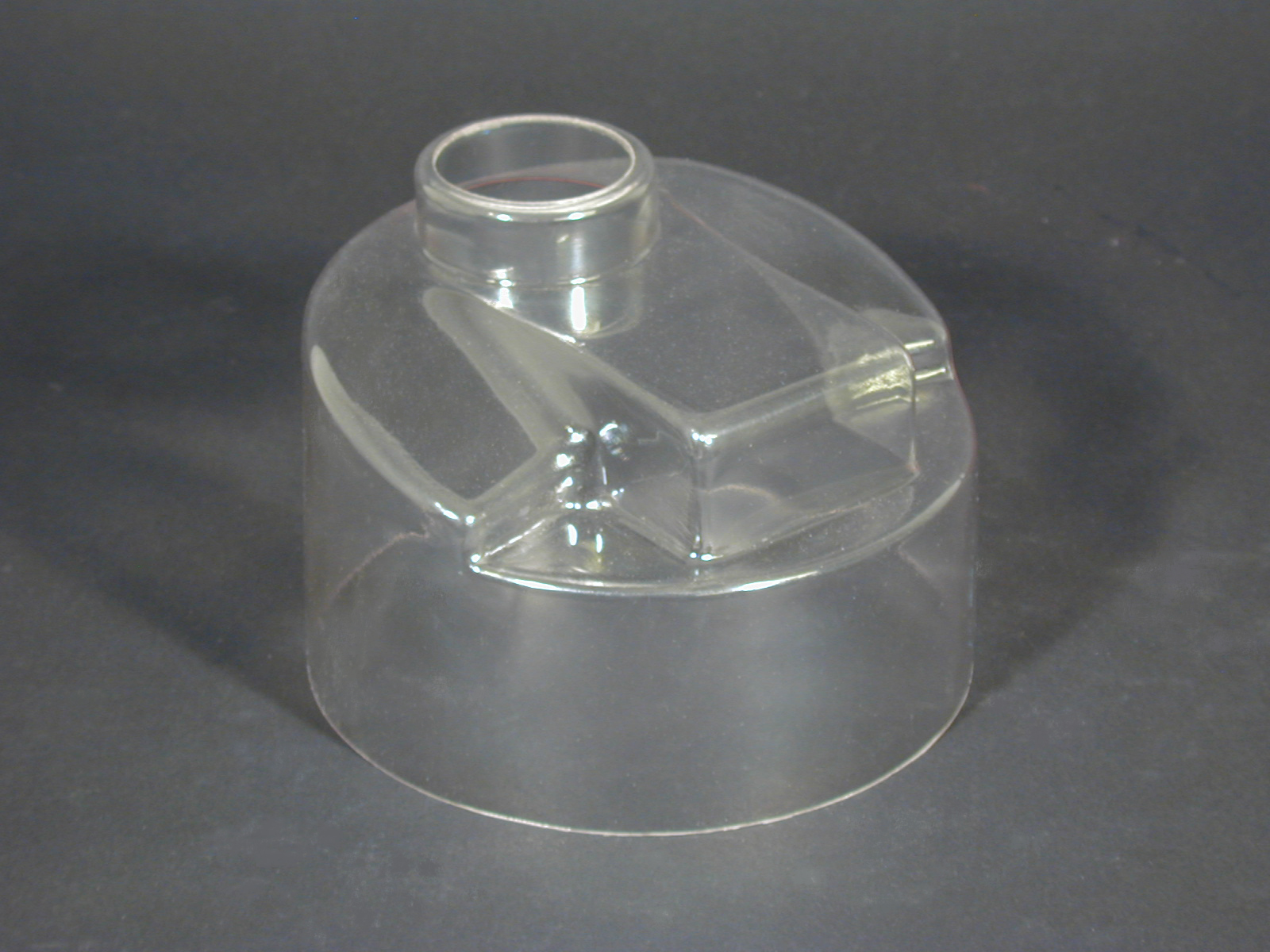 Vacuum Forming
Vacuum Forming Castings & Forgings
Castings & Forgings Bulk Material Handling
Bulk Material Handling Electrical & Electronic Components
Electrical & Electronic Components Flow Instrumentation
Flow Instrumentation Hardware
Hardware Material Handling Equipment
Material Handling Equipment Metal Cutting Services
Metal Cutting Services Metal Forming Services
Metal Forming Services Metal Suppliers
Metal Suppliers Motion Control Products
Motion Control Products Plant & Facility Equipment
Plant & Facility Equipment Plant & Facility Supplies
Plant & Facility Supplies Plastic Molding Processes
Plastic Molding Processes Pumps & Valves
Pumps & Valves Recycling Equipment
Recycling Equipment Rubber Products & Services
Rubber Products & Services